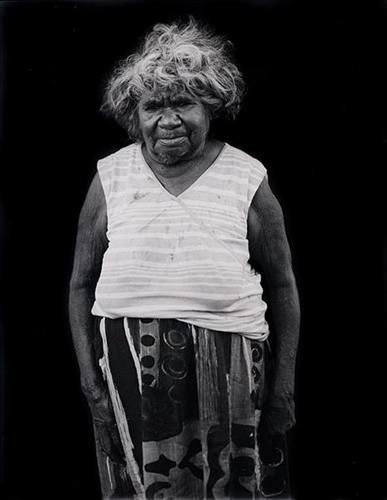11151302
Status: Stock
Jigsaw Puzzle – Parnngurr Rockhole
1000 piece Jigsaw Puzzle featuring Bugai Whyoulter’s painting ‘Parrngurr Rockhole’ (2015). This artwork was part of the National Musem of Australia’s exhibition ‘Songlines – Tracking the Seven Sisters’.
Parnngurr is an Aboriginal community located 370km east of Newman, at the Southern end of the Karlimilyi area in the Pilbara region of Western Australia. Created during the Return to Country movement of the 1980s, with the recognition of Aboriginal land rights and native title, the community was named after its original primary water source, a nearby rockhole and yinta (permanent water source). Until recently the community was widely known as Cotton Creek, after the European name for the ephemeral creek running alongside the community. Parngurr and its surrounds are physically dominated by distinctively red tali (sandhills), sparsely covered with spinifex and low lying shrub.
Historically and culturally Parnngurr was an important site for Aboriginal people during the pujiman (traditional, desert-dwelling) era. In the epic jukurrpa (dreamtime) story of the Jakulyukulyu, or Minyipuru (Seven Sisters), the sisters stop to rest on the adjacent Parnngurr hill before continuing on their long journey east. Throughout the pujiman period families stopped and camped here depending on the seasonal availability of water, and the corresponding cycles of plant and animal life on which hunting and gathering bush tucker was reliant. At Parnngurr and other similarly significant camp sites families would meet for a time before moving to their next destination.
Parnngurr is Bugai’s father’s Country, as well as her own ngurra (home country). She was born nearby, close to what is now Balfour Downs Station, and travelled extensively through the Parnngurr area and up and down the Canning Stock Route as far as Kunawarritji in her youth. For Bugai, Parnngurr also signifies the location at which her nomadic bush life came to an end; it was here that she and her group were picked up by whitefellas to be taken to Jigalong Mission in 1963. Collectively the group had come to the decision to move to the mission as a result of an extended drought, which had caused a scarcity in food and water resources.




